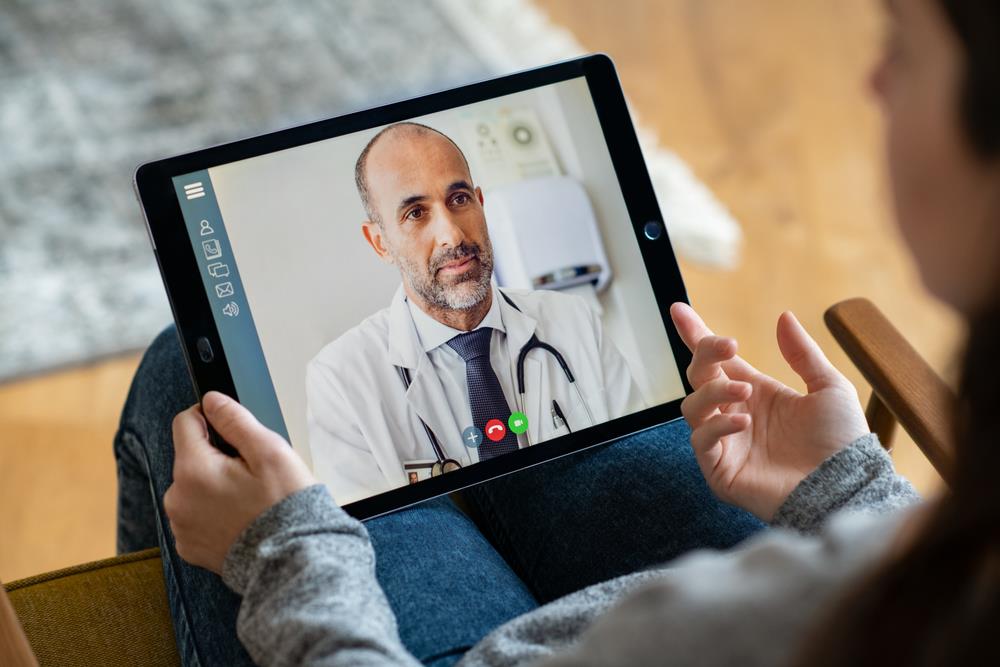The Telehealth Revolution: Redefining Healthcare for a Post-Pandemic World
The global healthcare landscape has undergone a profound transformation in the wake of the COVID-19 pandemic, catalyzing a telehealth revolution that is redefining the way we access and deliver medical care. Telehealth, a broad term encompassing remote healthcare services facilitated by technology, has emerged as a game-changer, providing patients with convenient access to medical expertise while minimizing the risks associated with in-person visits. As we navigate a post-pandemic world, the integration of telehealth into mainstream healthcare systems is becoming increasingly evident, shaping a more accessible, efficient, and patient-centric future click here. The Telehealth Revolution is reshaping healthcare, transcending traditional boundaries to create a patient-centric, accessible model. Post-pandemic, it’s a beacon of innovation, offering virtual consultations, remote monitoring, and personalized care. Embracing technology, telehealth ensures healthcare reaches all corners, mitigating disparities. Patients experience convenience, reduced costs, and timely interventions, while healthcare providers optimize resources and enhance efficiency. The paradigm shift towards remote healthcare services fosters a resilient, responsive system that adapts to evolving global challenges. In a post-pandemic world, telehealth stands as a transformative force, revolutionizing healthcare delivery and prioritizing the well-being of individuals and communities.
Accessibility and Convenience
One of the primary benefits of the telehealth revolution is the enhanced accessibility and convenience it offers to patients. Geographical barriers and long travel times are no longer impediments to seeking medical advice. Patients can now connect with healthcare professionals from the comfort of their homes, leveraging video calls, phone consultations, and secure messaging platforms. This has proven to be particularly crucial for individuals living in remote or underserved areas, where access to quality healthcare has historically been a challenge.
Moreover, telehealth eliminates the need for extensive wait times in crowded waiting rooms, allowing patients to schedule appointments at their convenience. This not only enhances the overall patient experience but also encourages individuals to seek timely medical advice, potentially preventing the escalation of health issues.
Optimizing Resources and Reducing Healthcare Costs
The telehealth revolution is not only about improving patient access but also about optimizing healthcare resources and reducing costs. With remote consultations, healthcare providers can efficiently manage their schedules, minimizing downtime and maximizing the utilization of their expertise. This leads to a more streamlined healthcare system, where professionals can attend to a broader patient base without compromising the quality of care.
For patients, telehealth often translates into cost savings. The absence of travel expenses, reduced work absenteeism, and lower administrative costs contribute to a more affordable healthcare experience. Additionally, telehealth services can prevent unnecessary emergency room visits and hospital admissions, preventing the strain on already burdened healthcare facilities.
Enhancing Continuity of Care
The continuity of care has long been a challenge in traditional healthcare models, especially when patients transition between different healthcare settings. The telehealth revolution addresses this issue by facilitating seamless communication between healthcare providers, ensuring a consistent flow of information and coordinated care. Electronic health records, virtual consultations, and remote monitoring enable healthcare professionals to stay connected and collaborate in real-time, leading to better-informed decisions and improved patient outcomes.
Challenges and Considerations
While the telehealth revolution brings about numerous benefits, it is not without its challenges. Issues such as data security, regulatory frameworks, and the potential for a digital divide need to be carefully addressed to ensure the responsible and equitable implementation of telehealth services. Furthermore, not all medical conditions can be adequately addressed through virtual means, and there will always be a need for in-person examinations and interventions.
Conclusion
The telehealth revolution is ushering in a new era of healthcare, marked by increased accessibility, enhanced efficiency, and improved patient outcomes. As we continue to navigate the post-pandemic world, the integration of telehealth into mainstream healthcare systems is likely to persist and evolve. While challenges remain, the overall trajectory suggests that telehealth will play a central role in shaping a more resilient, patient-centric, and technologically advanced healthcare landscape. Embracing the opportunities presented by the telehealth revolution is not just a response to the current global health crisis but a strategic move towards a more sustainable and inclusive healthcare future.

